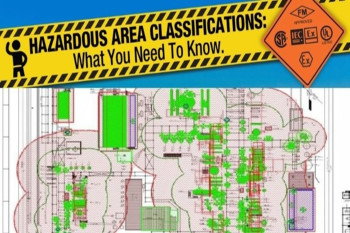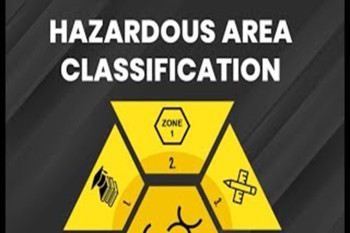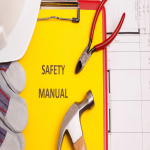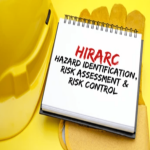DISCLAIMER
HSE Risk Management Services Private Limited accepts no liability or responsibility whatsoever for it in respect of any use of or reliance upon this Methodology by any third party.
Copying this Methodology without the permission of HSE Risk Management Services Private Limited is not permitted.
1. Proposed Methodology
1.1. Introduction
This methodology document outlines our structured approach to designing and implementing safety training programs that not only meet regulatory requirements but also exceed the expectations of our clients. Our methodology is built upon years of experience and expertise in various industries, where we have successfully guided organizations towards enhanced safety practices and reduced workplace incidents. By understanding the unique challenges and specific needs of each client, we ensure that our training programs are not only informative but also practical and relevant to the daily operations of their workforce.
1.2. Methodology
Client Consultation and Needs Assessment
Initial Meeting: We begin by conducting an in-depth consultation with the client to understand their specific industry, workplace environment, and safety challenges.
Needs Assessment: Through discussions and site visits (if necessary), we identify key safety concerns, regulatory requirements, and the specific training needs of their workforce.
Development of Customized Training Plan
Topic Identification: Based on the findings from the needs assessment, we collaborate with the client to finalize the topics and learning objectives for the safety training program.
Content Creation: Our experienced team of safety experts develops comprehensive training materials that are tailored to address the identified topics and meet regulatory standards.
Approval Process
Presentation of Training Plan: We present a detailed training plan to the client, outlining the proposed content, delivery methods (online or onsite), and schedule.
Client Review: The client reviews the training plan and provides feedback. We incorporate any necessary adjustments to ensure alignment with their expectations and requirements.
Final Approval: Upon approval, we finalize the training plan and prepare for implementation.
Delivery of Training
Preparation Phase: We prepare all necessary resources, including training materials, equipment, and facilities, to ensure smooth delivery.
Training Sessions: Our qualified trainers conduct engaging and interactive training sessions either online or onsite, depending on client preferences.
Hands-On Learning: We incorporate practical exercises, case studies, and simulations to reinforce learning and encourage active participation.
Evaluation and Continuous Improvement
Pre and Post Training Evaluation: Before and after the training sessions, we conduct assessments to measure participants' understanding and skill development, ensuring effective knowledge transfer.
Allocation of 25-50% of Duration for Exercise: During training sessions, a significant portion of time—between 25% to 50%—is dedicated to practical exercises, case studies, and simulations to reinforce learning through hands-on experience.
Feedback Mechanism: We gather feedback from participants and the client to assess satisfaction levels and identify areas for improvement.
Post-Training Support: We provide ongoing support and resources to assist participants in applying their newfound knowledge and skills in the workplace.
Continuous Review: We conduct regular reviews of our training methodologies and content to incorporate industry best practices, regulatory updates, and client feedback, ensuring continuous improvement.
Reporting and Documentation
Completion Reports: Upon completion of the training program, we provide the client with comprehensive reports summarizing participation rates, assessment results, and any recommendations for further action.
Documentation: We maintain detailed documentation of the training sessions, including attendance records, evaluations, and certifications issued to participants.
Follow-Up and Long-Term Partnership
Follow-Up Meetings: We schedule follow-up meetings with the client to discuss the impact of the training, address any ongoing concerns, and plan for future training needs.
Long-Term Partnership: We aim to build a long-term partnership with our clients by continuously supporting their safety initiatives and offering tailored solutions to meet their evolving needs.









